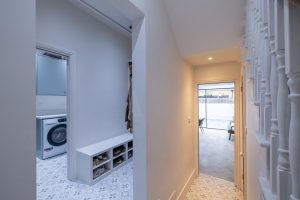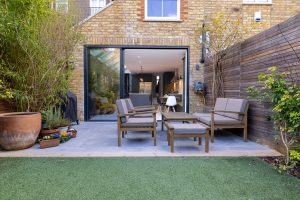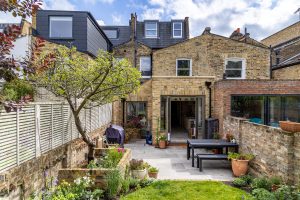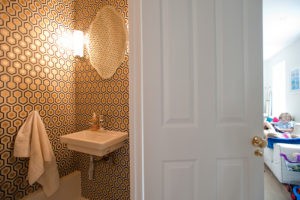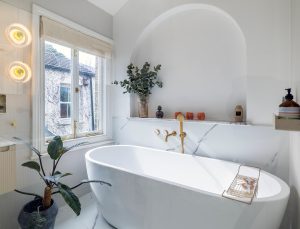An increasing number of people are now choosing to extend their current properties rather than move house. This is definitely the quickest and cheapest solution to meeting the changing needs of the family.
Building an extension can be an exciting project and the ideal way to increase living space, but it is a complex undertaking that demands meticulous planning, a well-managed construction process and the involvement of experienced professionals. Unfortunately, renovation mistakes are not uncommon and here we give you tips on how to sidestep them.
Here are 10 common renovation mistakes to avoid when building an extension:
1. Failure to get Planning Permission
When you first decide that you would like to build an extension to your house, it is vital to get in touch with your local planning department – either in person or online to check the current building regulations. The regulations vary from one area to another and are continually being amended.
If you live in a listed building or in a conservation area, stricter rules apply. Delays in getting planning permission can lead to increased costs and failure to meet building regulations can lead to an order for the work to be declined.
2. Underestimating the budget
One of the first considerations when planning an extension is cost and it is important to carefully plan your budget. According to RIBA’s 2024 report, 67% of homeowners faced unplanned renovation costs of more than £5,000. There can often be various hidden expenses and these should always be factored in. These can include professional fees, contingency funds and VAT.
Current fluctuations in the cost of materials will be impacting many budgets and also the post-2024 supply chain issues. Experts recommend that an extra 10-20% should be added to the budget to cover any unexpected expenses.
Quick Tip: Always ask for a fixed-price contract to avoid cost surprises and get three quotes from different companies.
3. Poor Design and Sustainability planning
If you are planning a home extension, it is important to give good consideration to these two factors. Poor design and inadequate sustainability planning can negatively impact the value of the extension and also its functionality.
Questions to ask at the design stage include how the extension will impact the amount of natural light reaching the main house and whether any dark, awkward or impractical living spaces will be created. It is important that the house extension gives extra light bright areas and ones with good flow that feel connected to the rest of the house.
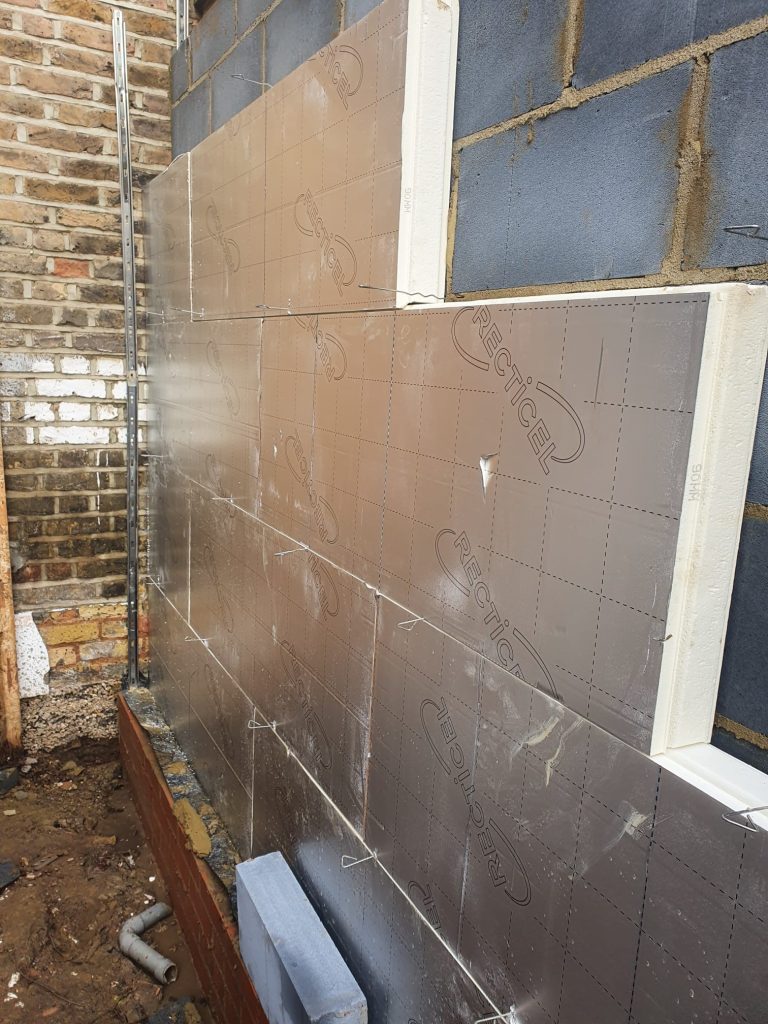
Environmental regulations are becoming very stringent regarding sustainability, and it is essential that sustainable features are incorporated in the new extension. Failure to do so could mean that your planning application is rejected and that the resale value of your house will be negatively impacted. Points to consider include:
- Good insulation that exceeds the minimum requirements
- The use of energy-efficient heating and lighting options
- The use of sustainable building materials.
There are many ways to make your new extension sustainable and these also include green roofs, solar panels, rainwater harvesting, and carbon-neutral design choices. If these points are incorporated in your building plans, they will cut your heating bill and carbon footprint. They will also ensure that you avoid costly compliance issues in the future and enjoy the comfortable living in your new extension.
Important Tip: Insulation must be given top priority. Choose professionals that are experienced in energy-efficient house design and construction.
4. Ignoring the existing structure
A common mistake that occurs is when house owners do not carefully consider how the new extension will blend with the original house. The new extension needs to harmonise perfectly and this is ensured by considering the scale of the extension, its style and the proposed building materials.
If these points are not given careful thought, it is easy for the new extension to look awkward and out of place. This is not only disappointing for the owner having invested so much money, but it detracts from the property’s overall appeal and this will lower its market value – rather than increase it.
Important Tip: Remember that a good home extension should look and feel like a natural continuation of the existing house and enhance its character and functionality.
5. Choosing the wrong builder
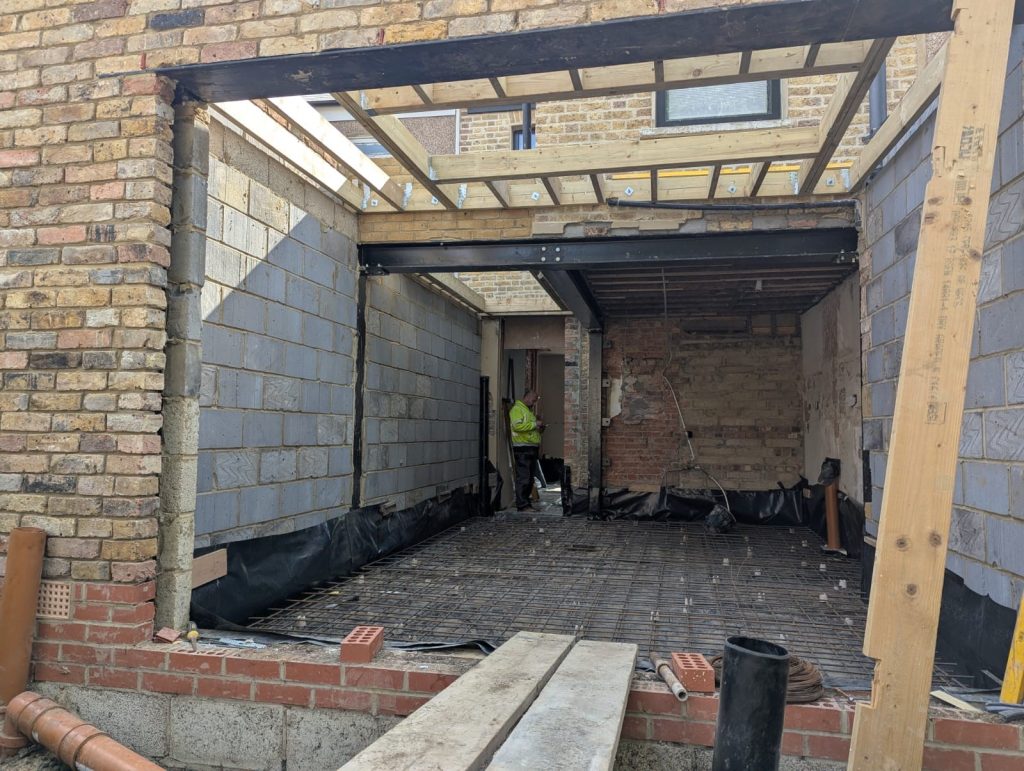
It takes time and patience to find a good and trustworthy builder for a home extension and it is well worth putting in the effort to do so. Here is our step-by-step guide to success:
a. Begin with good recommendations
These can be from friends, neighbours and social media groups. If you are using an architect or surveyor, they can recommend reliable builders.
b. Check Accreditation
Membership of recognised professional bodies is essential. These include The Federation of Master Builders (FMB) and TrustMark (which is government-endorsed). Checkatrade can also be helpful, but a single isolated review is inadequate – look for trends.
c. Review past work
Drive and see the builder’s past projects and if possible, speak to their clients.
d. Get three written quotes
Give the same written brief to each of the builders. Make sure that the price is fixed. Be wary of low quotes – either corners will be cut or there will be extra costs later on.
e. Ask important questions
These include:
- Are they covered by insurance – public liability, employer’s liability etc
- Will they provide a written contract
- What is the estimated timeframe – Do they guarantee their work or does it come with a warranty?
6. Lack of a detailed contract
It is essential to have a written contract with your chosen builders. The contract must include a full description, the timeline, costs and agreed stages of payment. Without such a contract disputes are likely to occur or the builder could attempt to change plans midway. A JCT Homeowner Contract is ideal for small building projects.
7. Overlooking site access
Careful consideration must be given to the site access during building work to minimise noise and inconvenience to your neighbours and road users and to keep the project on the proposed timeline. A clear plan needs to be put in place for how building materials, workers and equipment will reach the site – especially if there is limited access.
By not considering these factors materials and specialised equipment needs to be moved by hand and this will disrupt the timeline and increase labour expenses.
8. Neglecting Insulation and Ventilation

It is vital that careful consideration is given to the insulation and ventilation in a new house extension as neglecting these soon proves to be a false economy. During the winter, poor insulation leads to heat loss and high heating bills, whereas during the summer months,
the extension will become overheated making it uncomfortable and expensive as cooling measures will prove essential.
Inadequate ventilation can cause problems with condensation and damp in your home. These can cause structural damage and also trigger health issues.
9. Ignoring natural light and orientation
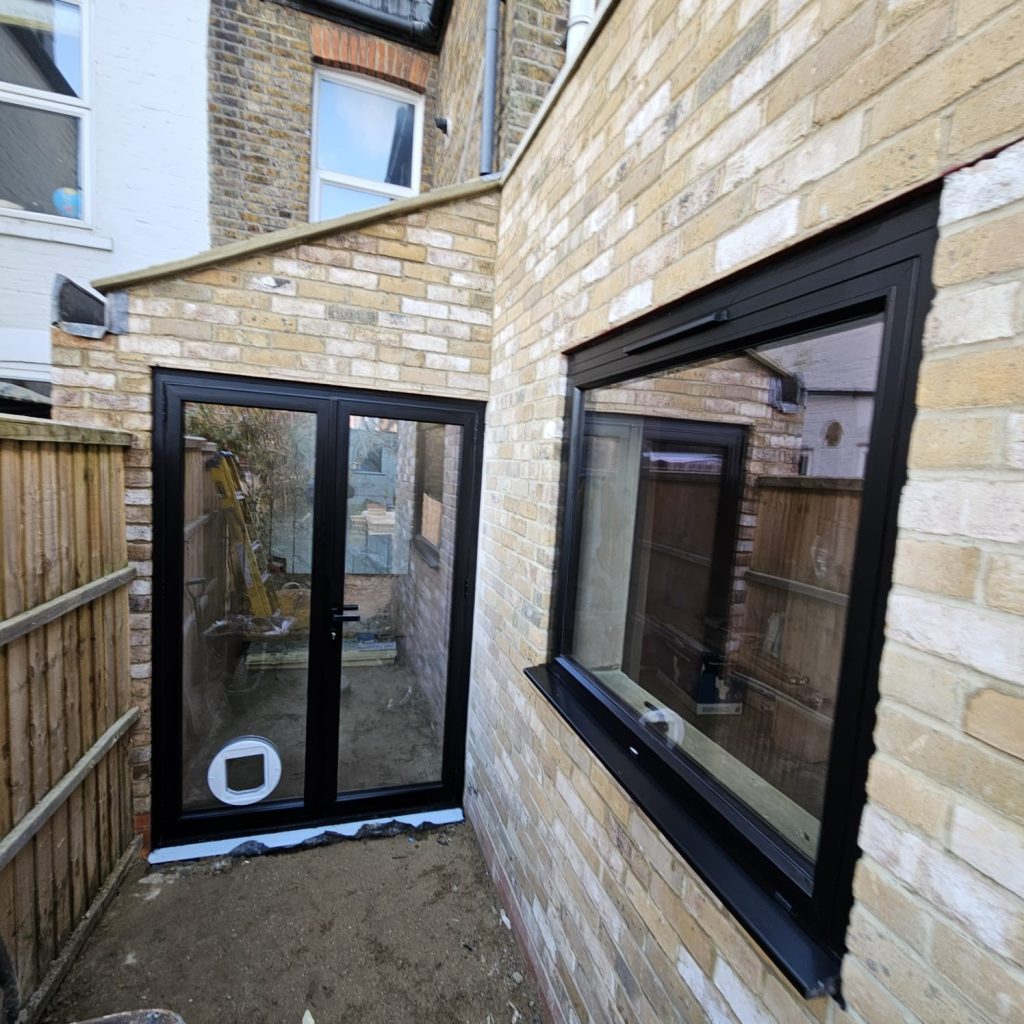
Everyone wants to create an inviting space with their new house extension. Unfortunately, if natural light and the orientation of the new extension are not considered at the planning stage, the end result could be a dull new room that negatively impacts both mood and energy efficiency.
It is important to consider the placement of the windows and also the layout of the room – based on the path of the sun through the day. Maximising the use of natural light creates a warmer, brighter and more comfortable space.
There are a number of ways in which this can be achieved, including the installation of larger windows and skylights and also planning an open layout for the new space. These will all help make the space more comfortable and appealing and help to make it feel well connected to the main house.
Planning Alert: In 2025, some local councils now require daylight/sunlight assessments for larger extensions.
10. Not integrating Smart Home features
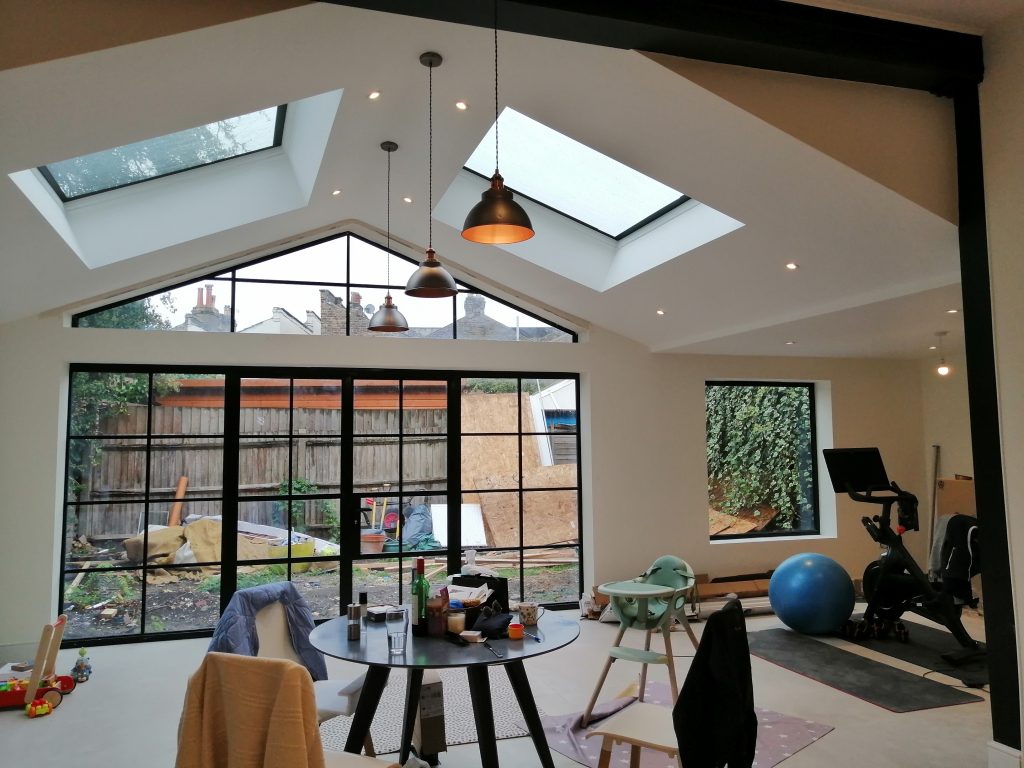
The emphasis in modern building design is on sustainability and energy efficiency, yet many homeowners do not consider Smart Home features and fail to even get the necessary wiring installed so that they can install smart lighting, heating and security – either straight away or at some point in the future.
This is a bad oversight as this will be more costly and disruptive to install in the future and could negatively impact the property value as smart home compatibility is an expectation among prospective buyers in 2025.
Quick Tip: Research about using smart devices safely in your home.
Conclusion
These are the ten most common renovation mistakes that can quickly turn a smooth extension project into a stressful nightmare that is over-budget and not completed in the chosen timeframe. In 2025 there are continuing rising costs and regulations are getting tighter.
Spending time researching the rules in your area and ensuring that your chosen plan avoids all of the above mistakes, is time well-spent. Seek expert advice early on and have a flexible approach throughout the project and you will be rewarded with a versatile new space that adds value to your property and enhances your family’s lives- more than you imagined.
If you are planning a home extension, why not book 30-minute consultation with the Build Team design team? Build Team is an experienced London-based company. ‘Our mission is to simplify your home extension journey with a transparent two-stage Design and Build process.’
Build Team, 342 Clapham Road, London SW9 9AJ. Telephone 020 7495 6561



